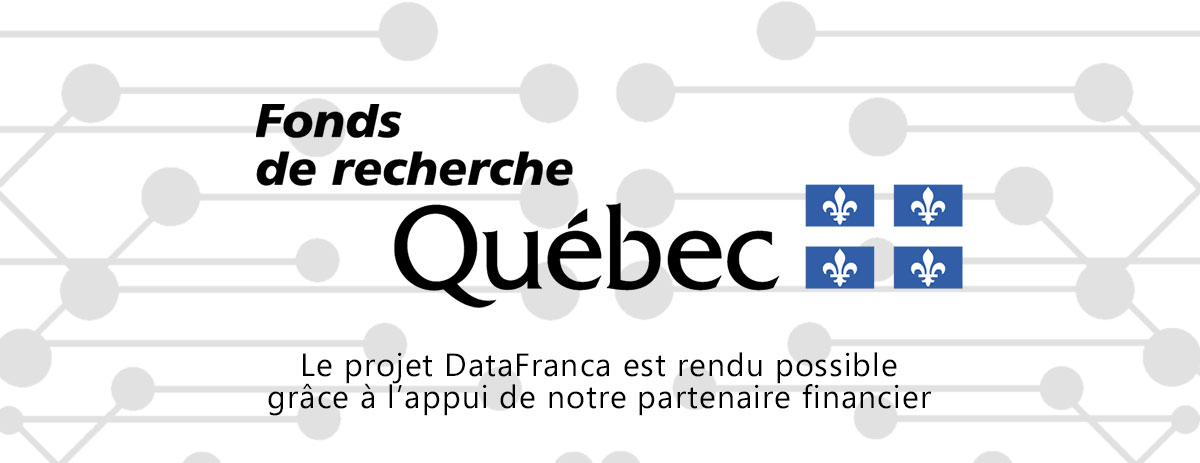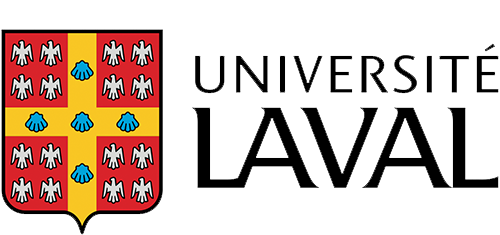Modèle Dehaene-Changeux
en construction
Définition
XXXXXXXXX
Français
XXXXXXXXX
Anglais
Dehaene–Changeux model
The Dehaene–Changeux model (DCM), also known as the global neuronal workspace or the global cognitive workspace model is a part of Bernard Baars's "global workspace model" for consciousness.
It is a computer model of the neural correlates of consciousness programmed as a neural network. It attempts to reproduce the swarm behaviour[clarification needed] of the brain's higher cognitive functions such as consciousness, decision-making[1] and the central executive functions. It was developed by cognitive neuroscientists Stanislas Dehaene and Jean-Pierre Changeux beginning in 1986.[2] It has been used to provide a predictive framework to the study of inattentional blindness and the solving of the Tower of London test.[3][4]
Contributeurs: Imane Meziani, wiki










